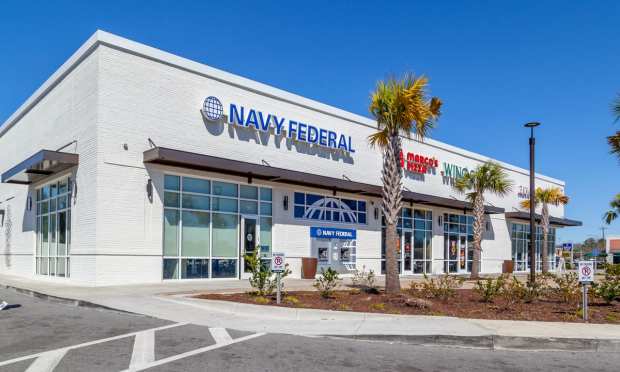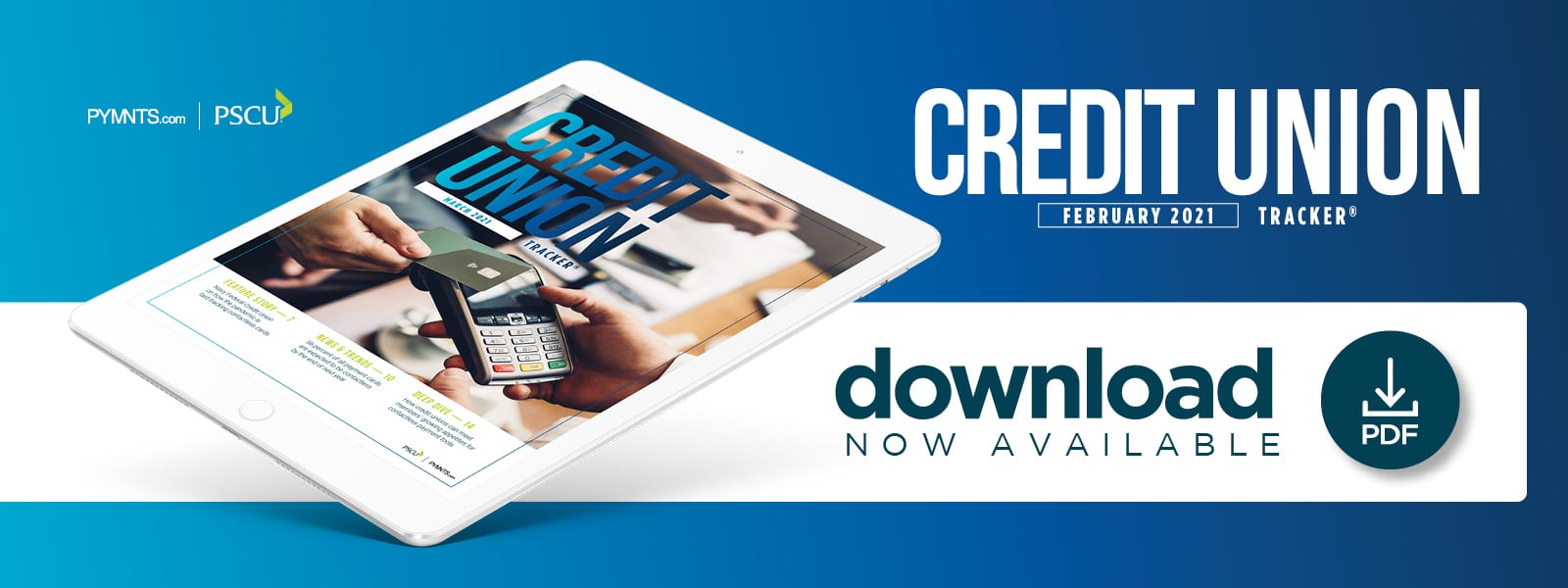Navy Federal Credit Union On How The Pandemic Is Fast-Tracking Contactless Cards

Offering contactless cards can come at an added cost, but it can pay off in the long run for credit unions (CUs). In the Credit Union Tracker, Navy Federal Credit Union’s Tynika Wilson explains why kicking their contactless innovation plans into overdrive can give CUs an edge in the years ahead.
 Contactless credit and debit card technology made its debut in the United States in the mid-2000s, yet banks and credit unions have been slow to incorporate it into their ecosystems. The 2019 Federal Reserve Mobile Financial Services Survey of Financial Institutions, which polled 337 banks and 167 credit unions, found that just 5 percent of these entities issued contactless cards. Only 21 percent planned to implement the cards in the next two years, and another 18 percent intended to offer them in two to five years. One reason for the slow initial uptake was that contactless cards’ near-field communication (NFC) technology required an upgrade of merchants’ point-of-sale (POS) systems to accept the method.
Contactless credit and debit card technology made its debut in the United States in the mid-2000s, yet banks and credit unions have been slow to incorporate it into their ecosystems. The 2019 Federal Reserve Mobile Financial Services Survey of Financial Institutions, which polled 337 banks and 167 credit unions, found that just 5 percent of these entities issued contactless cards. Only 21 percent planned to implement the cards in the next two years, and another 18 percent intended to offer them in two to five years. One reason for the slow initial uptake was that contactless cards’ near-field communication (NFC) technology required an upgrade of merchants’ point-of-sale (POS) systems to accept the method.
Virginia-based Navy Federal Credit Union (NFCU), the largest CU in the U.S. in membership and asset size, took a measured approach to contactless card issuance until COVID-19 began to spread. The pandemic’s impact made the CU recognize the need for embracing and supporting the cards without further delay.
“Before [the pandemic], we were experiencing a little bit of the chicken-or-the-egg [dilemma],” said Tynika Wilson, senior vice president of debit card and fund services for NFCU, in a recent PYMNTS interview. “You must have issuers to dispense cards, you need merchants who will accept them and then you need consumers who will use [them].”
NFCU knew that contactless card investment was in its future, Wilson said, but the pandemic accelerated that timeline as consumer demand for touchless payment features surged to help prevent the virus’s spread. “Because it cost us about 20 percent more than a traditional credit card to produce a contactless card, we were looking for the right time,” Wilson said. “By last May, when we started issuing them, there weren’t as many merchants [accepting them] as there are today. But as we’ve put out more and more cards, more and more retail environments are turning that feature on, and it is something our members want.”
The timing seemed right last spring, she said, because NFCU was in the midst of updating its card chip with high-risk credit card processing company eMerchantBroker (EMB). Focus groups organized to help the CU determine whether it should invest in contactless cards overwhelmingly liked the idea. Existing CU members also responded positively when asked if they were aware of contactless cards and if they would use them. These factors pushed NFCU to fast-track its plans and begin offering the cards.
“We had implemented Apple Pay, then Google Pay, and we were seeing those were being used, so we were not surprised [at members’ interest in contactless cards], and we’re seeing it play out through actual transaction volume,” she said. “For us, it was a natural decision to say, ‘Let’s go ahead and put contactless [technologies] out there.’ At the same time, merchants were also making those same adjustments to keep the retail environment safe and create an experience for our members that will reduce the physical touch of transactions.”
Why Uptake Is Expected To Surge At NFCU And Beyond
Members continue to shift their payment behaviors as the pandemic wears on, and the preference for touchless is expected to remain even after the crisis has eased. Contactless cards are not only more hygienic but also faster than other payment methods. The “tap-and-go” process helps speed and streamline transactions, taking as little as 10 seconds, while chip-enabled cards can take up to 45 seconds. Wilson said one-third of NFCU’s members have opted for contactless cards so far, and nearly 3 percent of about 2 billion transactions were made using the technology last year. She expects growth of as much as 14 percent in month-over-month volume.
“We’re starting to see where our members, or consumers in general, are getting a feel for it,” she said. “They’re looking for that ‘contactless’ sign.”
Consumers’ interest in using the payment method did not mean that adoption and use were entirely smooth sailing, however. There were some challenges in implementation, according to Wilson, mostly in educating members on how to use the cards. This initial learning curve has since tapered off, though, she added.
Another important consideration for CUs when evaluating any new product or service is its effect on member retention. Wilson said that while it may be too early to determine whether contactless debit and credit cards have helped expand or maintain membership, early evidence suggests the offering is working.
The global contactless payment market is predicted to reach $4.6 trillion by 2027. The benefits of transitioning to contactless technologies are likely to be immediate as for NFCU and long-lasting. CUs looking to stay competitive and meet consumers’ growing demands for safer, swifter and more convenient payment options would do well to follow NFCU’s lead.
